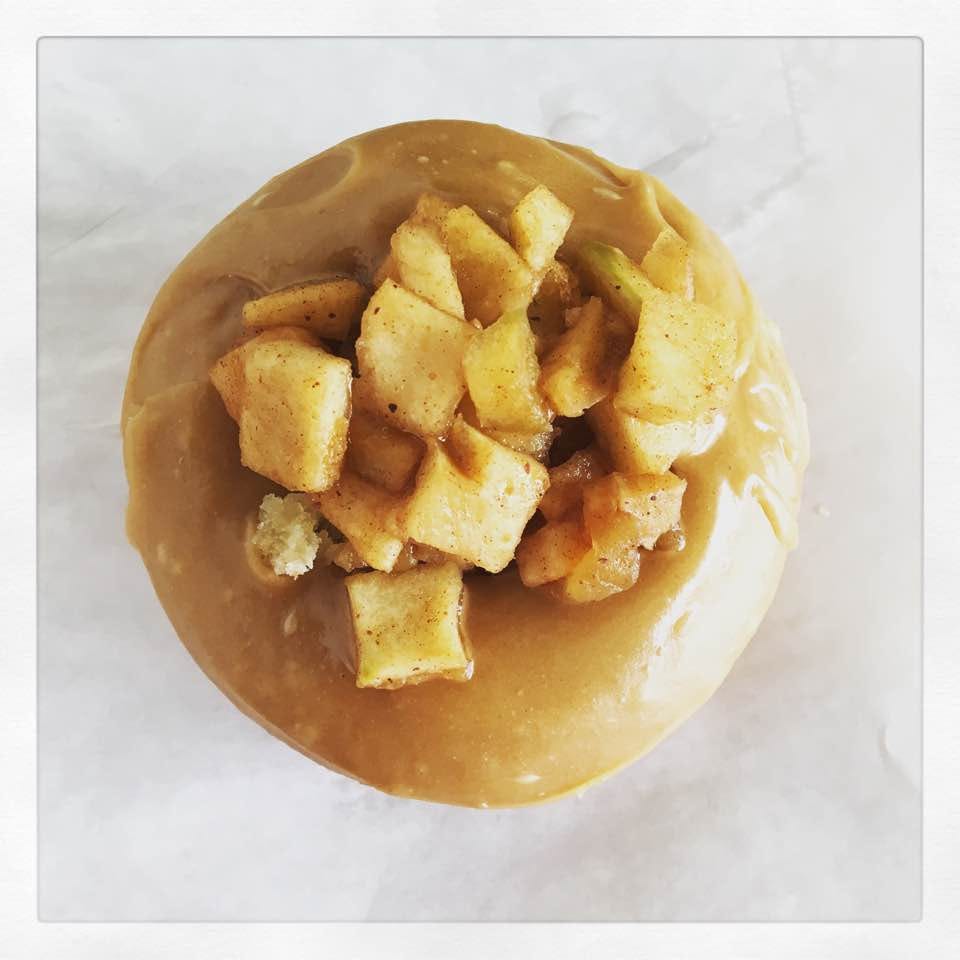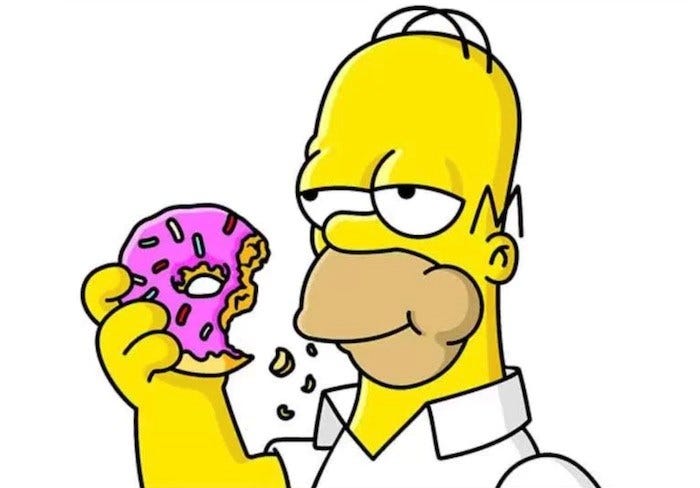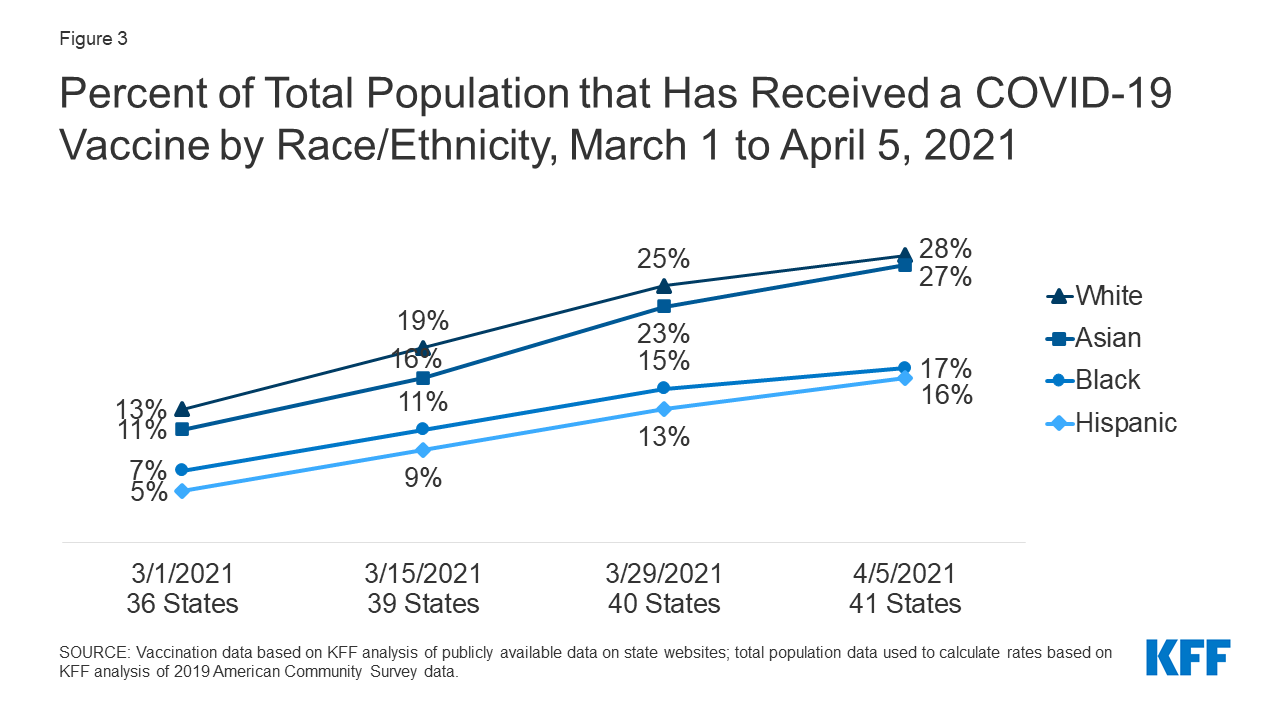Don't fear the r̶e̶a̶p̶e̶r̶ donut
I’ve been thinking about donuts a lot lately.
As a food, I’m ambivalent about them. There aren’t many donuts that get me excited, excepting when we visit Welcome Chicken + Donuts in Phoenix. As breakfast pastries go, I’d much rather have a buttery biscuit or a gooey cinnamon roll or a kolache. Plus, my whole life I’ve been trained to see donut as the enemy, too full of sugar and fat to be worth the calories. They’re dietary napalm and best avoided.
Donuts have a long history in the United States, and historians have traced what we recognize as donuts back to Dutch olykoeks (“oily cakes”) or oliebollen (“oily balls”), brought over by immigrants in the 17th century. (The movie First Cow features oily cakes fairly prominently; look for a post on the movie, something I’ve planned to write for almost a year now!) And, of course, we’re all familiar with the story of how women would make donuts for soldiers in the trenches of WWI, giving them a comforting taste of home during a harrowing time.
In addition to being a comfort food, donuts are also a ritual food. Anyone who’s ever attended a church in America at any point in the 20th or 21st century has had a donut in the fellowship hall before or after worship, or during Sunday school. Sufganiyot are a staple at Hanukkah. Pączki are a Polish jelly donut eaten on Fat Tuesday to mark the beginning of the Lenten season. And, of course, the office donuts, making staff meetings palatable since the beginning of office work.
Despite their ritual function and commensal significance, at some point in the 20th century, donuts became a site of moral panic. They are associated with sloth and obesity, and the visual shorthand for that association is, of course:
Indeed, if there’s an exemplar of the slothful, obese, working-class American male, it’s Homer Simpson, and his talisman is the pink-glazed donut with sprinkles.
The mechanization of the donut-making process in 1920 made donuts cheap and easy fuel for the working class, which likely informs the scapegoating of donuts as a prime contributor to the “obesity epidemic.” It’s understood that cheap food is often associated with obesity, and that obesity correlates pretty strongly with poverty. It’s pretty easy to connect the dots in the moral panic around donuts as culinary villain. It’s impossible, in the discourse of food and wellness, for a food to be morally neutral if it is both cheap and fattening.
And I think that donuts are particularly susceptible to class-based rhetorical sneering, which is perfectly and hilariously demonstrated in this Saturday Night Live sketch from 2016:
(I acknowledge that this is a very very very Boston portrayal, but Casey Affleck is playing a very specific kind of working-class man for whom there is a variant across American regions.)
Which is why I found the panic and controversy around Krispy Kreme’s COVID vaccine free-donut promotion so compelling. The offer for one free donut when you show your vaccine card is good for the rest of the year.
Taken at face value, this suggests that even if you get your vaccine in November, you will still be able to get your free vaccine donut. But some people interpreted that as, “you can get a free donut every single day for the rest of the year,” and they were triggered.
Here’s a high-profile MD (who was a very successful public health commissioner in Baltimore before being tapped to head Planned Parenthood Federation of America; her progressive bona fides are legit) spinning out in a moral panic tizzy, saying that she can’t endorse a daily diet of donuts (it’s worth reading her whole thread). But I think it’s pretty obvious (isn’t it?) that just because the offer is good for the rest of the year doesn’t mean that people are going to be stampeding to Krispy Kreme every blessed day.
Some might, but the three Krispy Kremes in Austin are extremely suburban and really only available on a daily basis to commuters or folx who live along or near the major traffic arteries where they’re situated. And who’s commuting daily during the pandemic? I’ll give you a hint: It’s not white-collar office workers who are ordering their groceries online and anxiously posting memes about fitting back into their pre-pandemic work clothes.
BUT ALSO: Who has had easier access to vaccinations to date?
Note:
In 2019, the share of Blacks in poverty was 1.8 times greater than their share among the general population. Blacks represented 13.2% of the total population in the United States, but 23.8% of the poverty population.
The share of Hispanics in poverty was 1.5 times more than their share in the general population. Hispanics comprised 18.7% of the total population, but 28.1% of the population in poverty. — Census.gov
And:
Non-Hispanic Black adults (49.6%) had the highest age-adjusted prevalence of obesity, followed by Hispanic adults (44.8%), non-Hispanic White adults (42.2%) and non-Hispanic Asian adults (17.4%). — CDC.gov
What does the moral panic, rooted in an assumption that people are going to be hitting that KK drive-through every day for a single free donut, tell us about our cultural attitudes around “junk” food, wellness, and who “deserves” a treat? When we lose our minds over offering free donuts to a vaccinated population, when more wealthy white people are vaccinated than poor BIPOC, and BIPOC are more likely to be obese than white folks (albeit very slightly), what are we *really* losing our minds about?
I think we want to project our anxieties over our pandemic-enfluffened bodies onto a foodstuff that has been the standard-bearer of junk food for more than half a century. But I also think that the moral panic over this particular promotion glosses over yet again the root causes of obesity in the United States, which is that cheap fuel for poor bodies is the same fuel that causes fat bodies (and poor and fat bodies are sus!). To reckon honestly with this issue is to reckon with the systemic inequities that lead to the poor health outcomes that have ravaged marginalized communities before and during this pandemic. To argue otherwise is simply disingenuous.
But also, just let people enjoy a damn donut if they want to.
Further reading:







